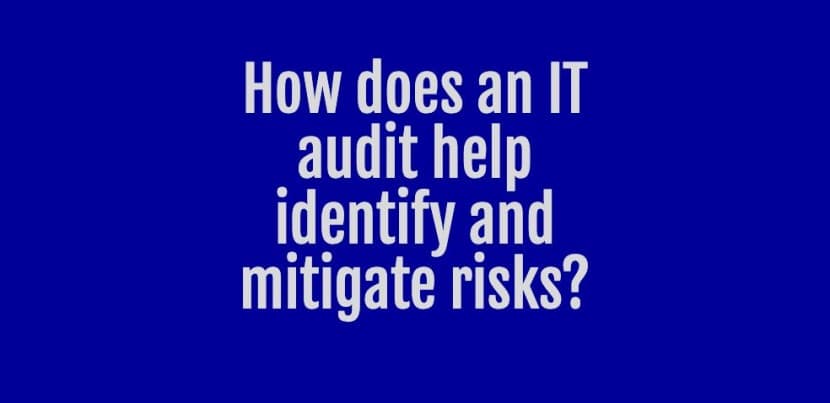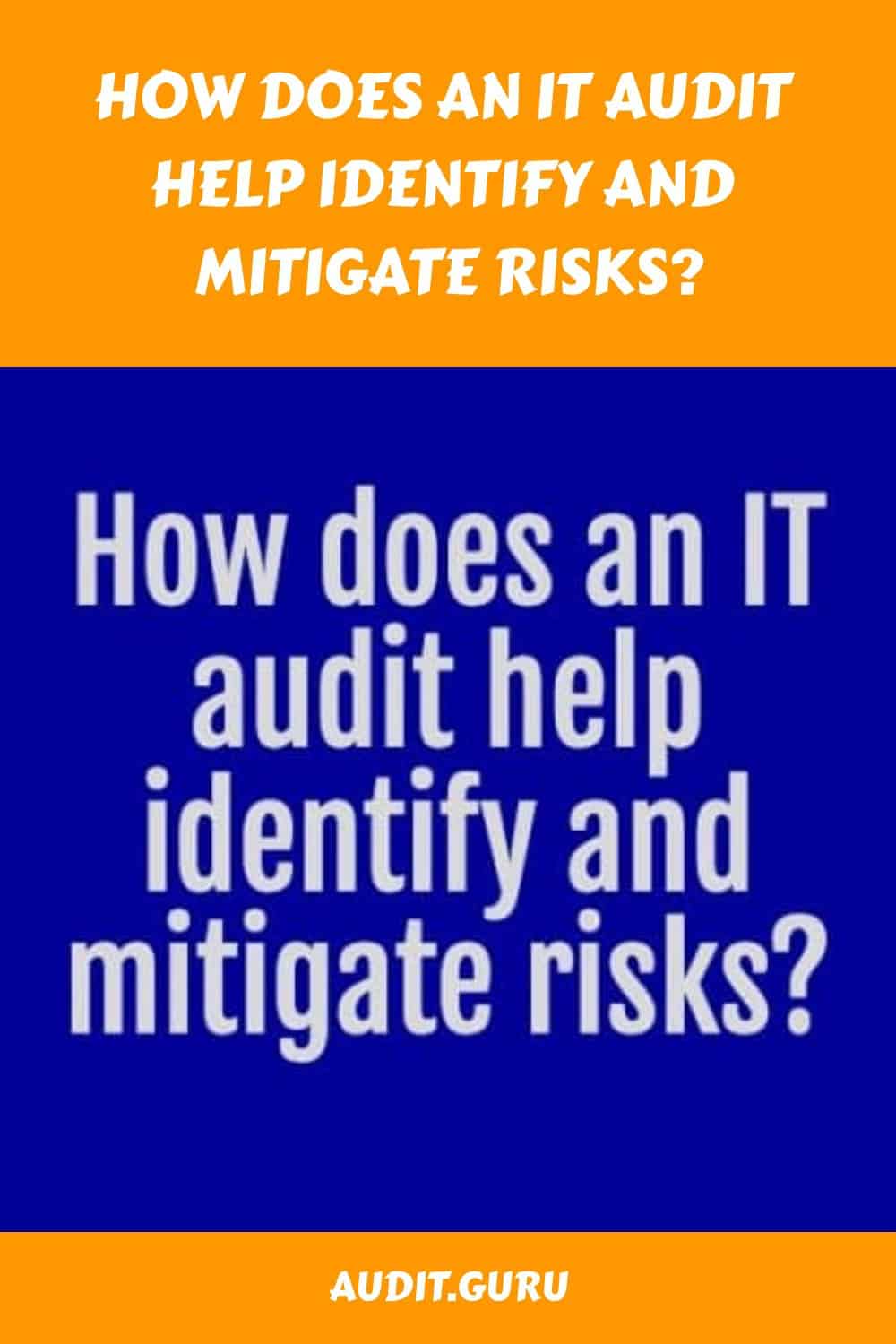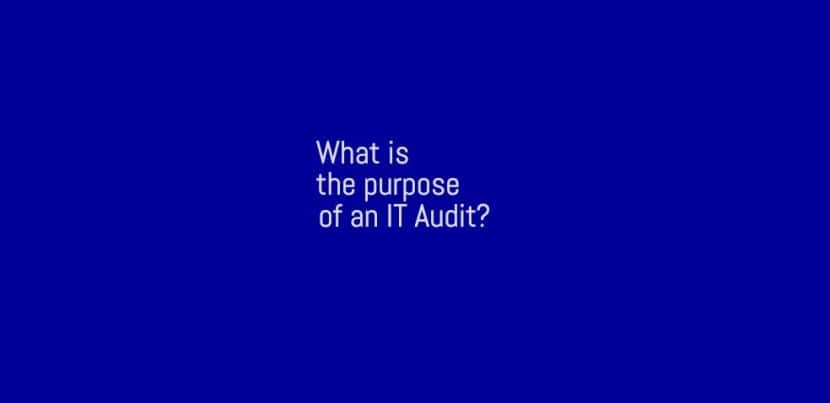An IT audit helps identify and mitigate risks by thoroughly examining an organization’s information technology systems, processes, and controls. Here are some ways in which an IT audit accomplishes this objective:
Assessing IT Governance: An IT audit evaluates the governance structure and processes in place to ensure that IT strategies align with organizational goals and that roles and responsibilities are clearly defined. This helps identify any gaps in governance that may lead to risks.
Reviewing IT Infrastructure: The audit analyzes the IT infrastructure, including hardware, software, networks, and databases, to identify vulnerabilities, weaknesses, and potential points of failure that could be exploited by malicious actors or result in system downtime.
Evaluating Information Security: IT audits assess the organization’s information security policies, procedures, and controls to identify gaps or weaknesses. This includes examining access controls, user permissions, encryption measures, incident response plans, and physical security measures.
Identifying Data Privacy Risks: With the increasing importance of data privacy, an IT audit helps identify any risks related to the collection, storage, and processing of personal or sensitive data, ensuring compliance with relevant regulations (e.g., GDPR, CCPA).
Reviewing IT Disaster Recovery and Business Continuity Plans: An IT audit assesses the organization’s disaster recovery and business continuity plans to ensure that adequate measures are in place to mitigate the impacts of potential disasters or disruptions and recover critical systems and data.
Conducting Vulnerability Assessments and Penetration Testing: IT audits often involve performing vulnerability assessments and penetration testing to identify any weaknesses in the organization’s systems and networks, thereby discovering potential entry points for hackers or other malicious activities.
Analyzing IT Project Management: The audit assesses the organization’s IT project management processes, including planning, execution, and monitoring, to identify risks related to project failures, cost overruns, missed deadlines, or inadequate resource allocation.
Reviewing Compliance with Legal and Regulatory Requirements: An IT audit ensures that the organization’s IT systems and processes comply with relevant legal, regulatory, and industry standards, such as SOX (Sarbanes-Oxley Act) or PCI DSS (Payment Card Industry Data Security Standard). Any non-compliance is identified and addressed.
By thoroughly evaluating all these aspects, an IT audit helps identify potential risks that an organization may face in its IT environment. This identification allows management to prioritize and implement appropriate risk mitigation strategies, including implementing stronger controls, updating policies and procedures, enhancing security measures, and allocating resources where needed. Ultimately, the goal is to minimize the impact of risks and protect the organization’s assets, reputation, and operations.









